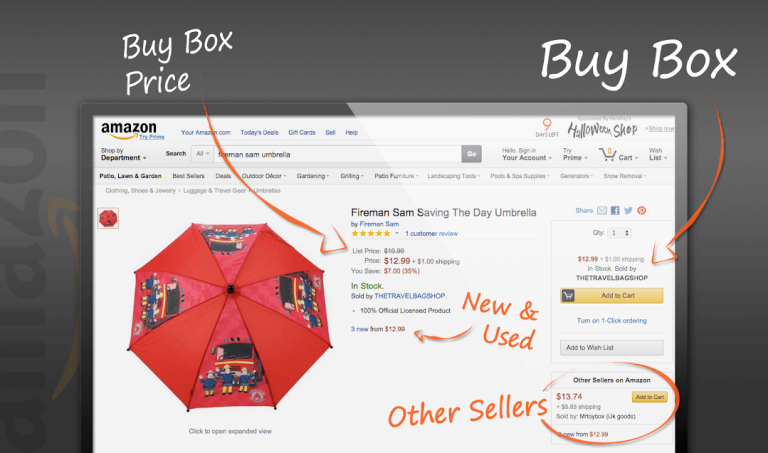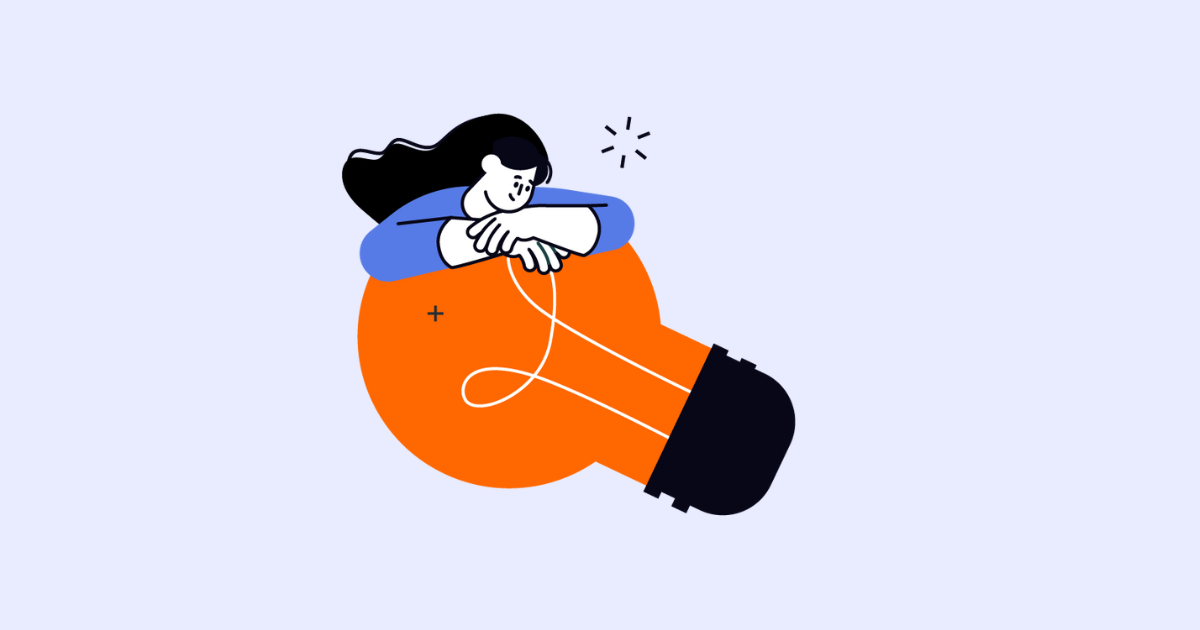As with most business decisions there is no one size fits all solution for repricing, because every business has a unique nature and set of goals. One business might be in a growth stage looking to maximize sales volume while another is focused on protecting profit margins. Different products also have different requirements. For perishable goods a key requirement is to sell within a certain time frame or risk expiring, while non-perishable goods have a longer sales period.
We’ve already discussed above how rule based and AI repricing works. These are fairly straightforward processes to set up for your amazon store. Using an AI repricing strategy is probably the easiest option and will get most of the work done for you. Many tools allow you to tweak their AI rules and also set up multiple different AI options. For example you might have an AI that has a goal to maximize sales. In this case the AI will try to get the buy box but also undercut the buy box at regular intervals. On the flip side you might have an AI strategy with a goal to maximize profit. Informed.co has an AI solution that maximizes time spent in the buy box with scope to bump up your price when it detects decreases in competition.
Price looping
Another great option is price looping with AI. This uses an AI strategy to maximize time in the buy box, but on a regular basis (e.g. every 3 hours) it can be set to increase the price by 20c and hold the price there for 20 minutes. If the competition follows, the price is maintained. If the competition does not follow, then the price reverts back down to the buy box.
Conditional repricing with AI
Conditional repricing takes the best of all worlds and combines them. It allows you to switch between different AI strategies based on your own set of business goals and automate the whole process. We discussed above how different AI strategies can focus on different outcomes. Conditional repricing allows me to utilize different AI strategies at different times using conditional rules.
Below is an example of a conditional repricing strategy that I use: It starts reading from the top down and as soon as the criteria hits, then it will execute.
IF Sales = 0 (in last 7 days)
IF Inventory age < 30 days old
Decrease price by 20%
Minimum price set at 5% margin
IF Inventory age > 30 days,
Decrease price by 20%
Min price set at 0%
IF inventory age > 60 days,
Decrease price by 20%
Min price set at $1 about payout threshold (referral fee + fba fee)
IF Sales is 7 to 10, (in last 7 days, ie 1 per day)
Decrease price by 10%
Minimum margin set at 15%
IF Sales > 28 (in last 7 days, ie 4 per day)
Increase price by 10%
This is written in code. To explain it in English, it works like this:
IF: the inventory age is under 30 days AND IF there have been less than 3 sales in the last week,
THEN:
- we set the minimum price to achieve a gross profit margin of 5% and
- we implement the repricing strategy of AI sales booster…
Otherwise: we move onto the next criteria
IF: Inventory age is under 30 days AND IF there are less than 8 sales in the last 7 days.
THEN:
- We set the minimum price to a 15% gross profit margin and
- We use a different AI strategy.
Otherwise: we move onto the next criteria
And so on….
We keep moving onto the next criteria until one is met and we execute it.
If none of these criteria are met, THEN we know the product is a good seller so we set the minimum price to an equivalent gross profit margin of 25% and we use the most aggressive repricing strategy which aims to maximize profit and also loops the price up every 3 hours to see if competitors will follow.
As a practical example. If your store has a product which now has inventory sitting around for more than 40 days. If it also has achieved less than 8 sales in the last 7 days. These 2 criteria will be triggered and the minimum price will be calculated and set to a 10% gross profit margin and the repricer strategy will be set to: AI Equalizer (an AI strategy that balances between trying to get more sales and also defending the margin somewhat).
This strategy, that I built is designed to:
- Be more aggressive with older stock. We set lower prices based on lower margins the longer the stock has been sitting around. And we set more aggressive sales boosting AI strategies. This minimizes product expiry and amazon overstock fees.
- Pick up on products with slower sales and decrease prices to spur sales
- Liquidate (set 0 or negative margins) for product that is older than 60 days
- Ensure that products with strong sales sell for the maximum price we can.
Conditional repricing can be very powerful and it needs to be customized for each business. In my example, inventory is very important and a central signal we use to determine price. Another business might have less regard for inventory age and rather be more concerned about inventory quantity. A rule could be set to increase the minimum sale price when inventory drops below 50 units.





